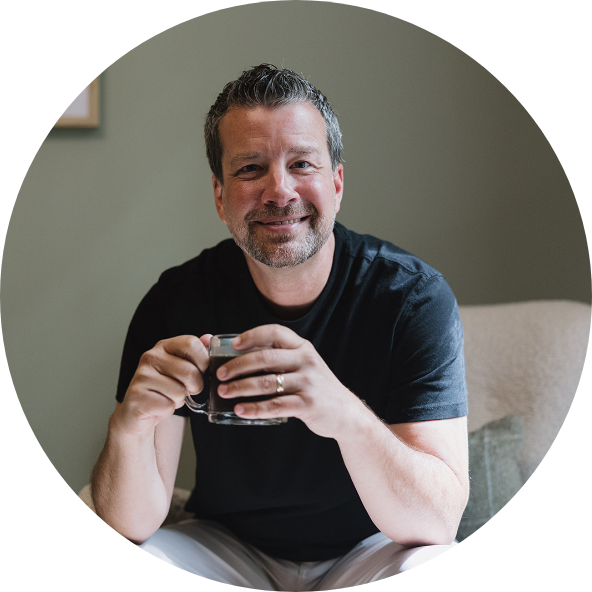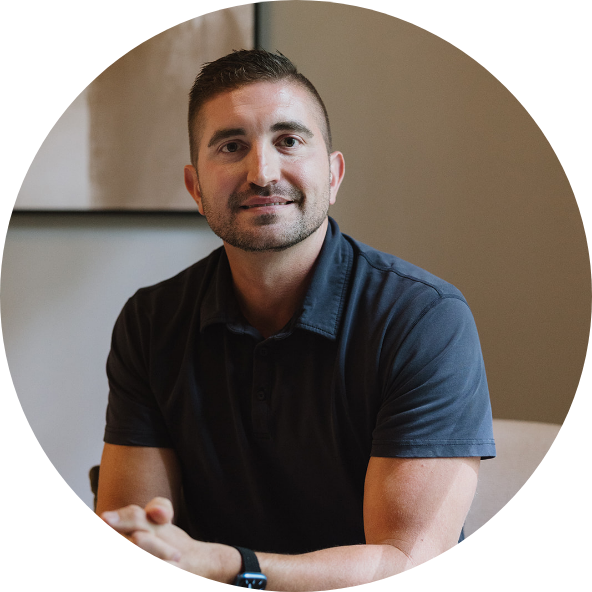Building Trust in Love: Nurturing Secure Bonds in Couples
Navigating the delicate terrain of trust in romantic relationships can be challenging. Doubts, insecurities, and past experiences can cast shadows over the foundation of love, making it essential to address the intricacies of trust in couples.
At The Pursuit Counseling, we understand the importance of trust in cultivating a healthy relationship. Here\’s a roadmap to foster and maintain trust in your love:
*1. Open Communication: Establish open and honest communication. Encourage a safe space where both partners can express their feelings, concerns, and expectations without fear of judgment.
*2. Understanding Vulnerability: Recognize and respect each other\’s vulnerability. Acknowledge that trust is built on vulnerability, and allowing yourselves to be open fosters a deeper connection.
*3. Counseling Support: Seek guidance from couples\’ counselors at The Pursuit Counseling. Professional support provides tools and strategies to navigate challenges, rebuild trust, and strengthen your bond.
*4. Consistent Actions: Consistency is key. Build trust by aligning your actions with your words. Reliability and predictability contribute to a sense of security in the relationship.
*5. Forgiveness and Healing: Embrace forgiveness as a transformative force. Couples can grow by addressing mistakes, learning from them, and actively participating in the healing process.
By embracing these principles, couples can cultivate a foundation of trust that underpins a resilient and fulfilling love. The Pursuit Counseling is here to guide you on this journey, offering insights and strategies to fortify the trust in your relationship. Trust becomes the cornerstone, paving the way for a love that\’s enduring and deeply rooted.
At The Pursuit, a group of experienced therapists have come together to offer best in class counseling services. We prioritize clinical theory, non-judgmental approaches, and effective interventions, treatment plans, and coping skills.
We have therapists who specialize in different areas and we strive to find the best match for your unique needs. Our services cater to individuals, families, and organizations, including adolescents in high school. Our aim is to connect you with the specialist who can best address your concerns.
Our specialized trauma counseling services aim to address the underlying emotional wounds that contribute to behaviors. We offer evidence-based trauma counseling that is effective with working many presenting problems. We provide a holistic approach to recovery, focusing on healing the past to create a healthier future.
Are you ready to take the first step on your Pursuit towards a happier, healthier you? We invite you to book your free 20-minute consultation with one of our skilled therapists. Don\’t wait; it\’s time to invest in your well-being. Simply Book Now to start your Pursuit towards personal growth and positive change today.











